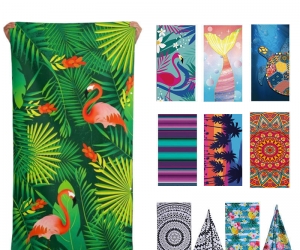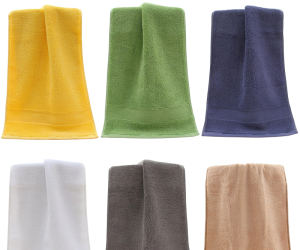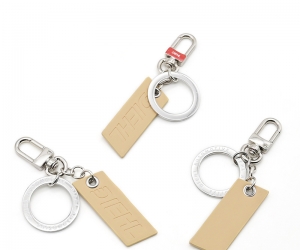What is the best material to make a lanyard?
Lanyards are versatile accessories commonly used to hold identification badges, keys, or small items. When choosing a lanyard, it is important to consider the material from which it is made. The material affects the lanyard's durability, comfort, and style. In this article, we will explore different materials used to make lanyards and evaluate the best options based on these factors.
1. Polyester
Polyester is a popular material for lanyards due to its durability, affordability, and wide range of color options. Polyester lanyards are known for their strength and resistance to wear and tear. They can withstand daily use and are less likely to fray or fade over time. Additionally, polyester lanyards can be customized with logos or text through screen printing or heat transfer methods.
2. Nylon
Nylon is another commonly used material for lanyards. It is known for its strength, softness, and smooth texture. Nylon lanyards are highly durable and resistant to stretching, making them suitable for heavy-duty use. They are also comfortable to wear around the neck for extended periods. Like polyester, nylon lanyards can be customized with various printing techniques.
3. Woven Fabric
Woven fabric lanyards are made by weaving threads together to create intricate patterns or designs. They offer a more professional and stylish look compared to standard polyester or nylon lanyards. Woven fabric lanyards are generally thicker and have a textured feel. They are highly durable and can withstand frequent use, making them suitable for long-term use in corporate or promotional settings.
4. Tubular
Tubular lanyards are made from a tube-like polyester or nylon material. They have a softer and lighter feel compared to flat lanyards. Tubular lanyards are comfortable to wear and can be easily customized through screen printing or dye sublimation. While they may not be as durable as flat lanyards, they are a cost-effective option for short-term use or events.
5. Eco-Friendly Materials
As environmental consciousness grows, there is an increasing demand for eco-friendly lanyard materials. Recycled PET (polyethylene terephthalate) or bamboo fibers are examples of sustainable options. These materials offer similar properties to traditional lanyard materials while reducing environmental impact. Eco-friendly lanyards are a suitable choice for organizations or individuals seeking to align their accessories with sustainable practices.
Factors to Consider
1. Durability: Consider the intended use of the lanyard. If it will be subjected to heavy-duty or outdoor activities, opt for materials like polyester or nylon that are known for their strength and resistance to wear and tear. For short-term or promotional use, tubular lanyards may be a more cost-effective choice.
2. Comfort: Lanyards are often worn around the neck for extended periods, so comfort is crucial. Materials like nylon and tubular lanyards offer a soft and lightweight feel, making them comfortable to wear. Woven fabric lanyards, while durable, may have a thicker feel that some individuals may find less comfortable.
3. Customization: Consider whether customization is important for your lanyard. Polyester, nylon, and tubular lanyards can all be easily customized through various printing techniques. Woven fabric lanyards offer a more sophisticated and professional look but may have limitations regarding customization options.
4. Style: Choose a material that aligns with the desired style or image you wish to portray. Polyester and nylon lanyards offer a wide range of color options to match branding or personal preferences. Woven fabric lanyards provide a more elegant and distinctive appearance suitable for formal settings or events.
Conclusion
When selecting the best material for a lanyard, it is important to consider factors such as durability, comfort, customization options, and style. Polyester and nylon lanyards are popular choices due to their durability and wide range of color options. Woven fabric lanyards offer a more sophisticated look, while tubular lanyards provide a cost-effective solution for short-term use. Additionally, eco-friendly materials are gaining popularity for those seeking sustainable options.
By evaluating your specific requirements and considering these factors, you can choose the best material to make a lanyard that meets your needs, whether for corporate identification, promotional events, or personal use. The right material will not only enhance the lanyard's functionality and durability but also contribute to its overall aesthetic appeal.
-
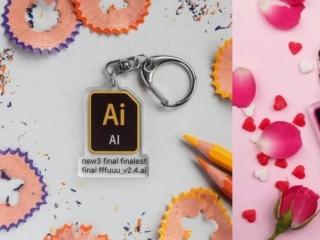 Such a beautiful keychain makes people love and hate!
Such a beautiful keychain makes people love and hate!If you are a designer, then lines like "Tune a little bit here", "Help me change t...
Do you like ?0
Read more -
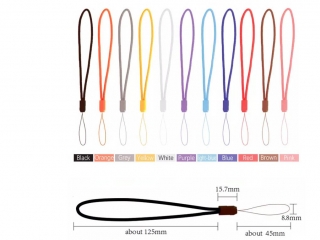 Easy to carry Water Bottle Lanyards buying
Easy to carry Water Bottle Lanyards buying -
 Advantages of using personalized printed Silicone Wristbands
Advantages of using personalized printed Silicone Wristbands -
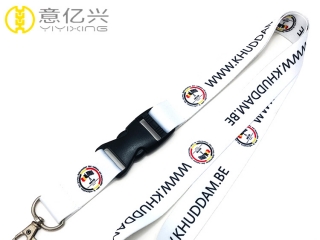 The difference between nylon lanyard vs polyester lanyard - Yiyixing
The difference between nylon lanyard vs polyester lanyard - YiyixingWhat is Polyester Made Lanyards?
When it comes to <...
Do you like ?0
Read more -
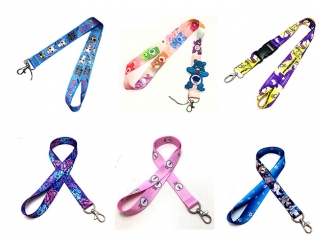 Does Wear Cute lanyard can keep in a good mood?
Does Wear Cute lanyard can keep in a good mood?With the growth of age, girls are more and more inclined to adorabl...
Do you like ?0
Read more -
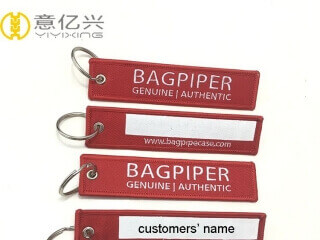 Why not choosing custom flight tags as a gift?
Why not choosing custom flight tags as a gift?Fabric key tag, made by embroidery or woven is one of our new appli...
Do you like ?0
Read more


